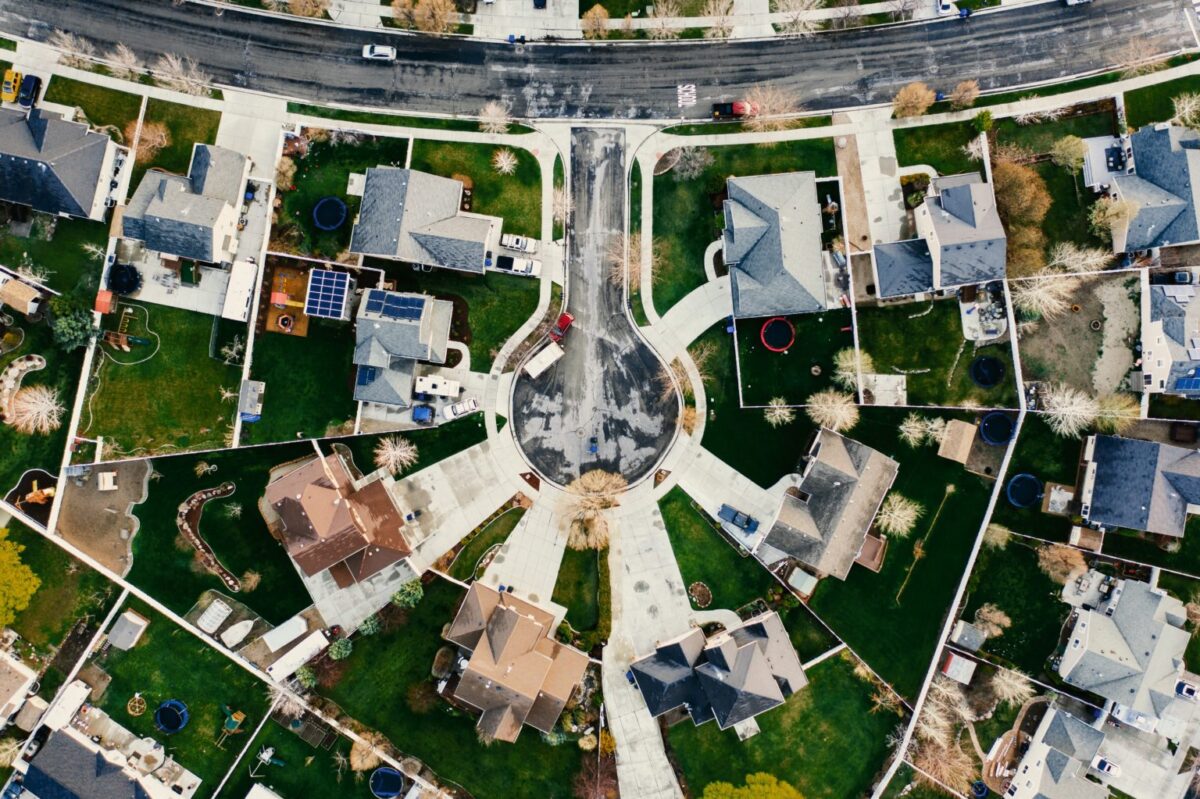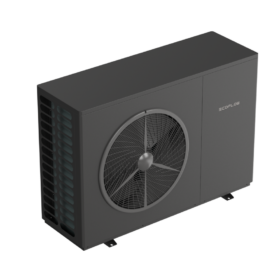Hawaii is the most mature rooftop solar market in the United States, with nearly a third of homes having on-site solar, and over 90% of new installations opting to pair with on-site battery energy storage. This makes for a dynamic, flexible, and resilient grid and helps the island fight its high electricity rates for the long term.
Hawaii’s solar-batteries market was partially buoyed by a program called Battery Bonus (BB), which reached its enrollment cap in Oahu and closed in December 2023. Hawaiian Electric customers on Maui still have 7.2 MW of capacity remaining at the time of publication.
The program offers upfront incentives and pays customers a monthly rate based on battery capacity for agreeing to dispatch power during times of peak electricity demand. It also helped encourage coordinated distributed energy resource use, which has community-wide cost benefits versus a disconnected off-grid model.
Battery Bonus was replaced by a new program called Bring Your Own Device (BYOD), which Rocky Mould, executive director of Hawaii Solar Energy Association (HSEA) said is a far less lucrative program for customers, placing Hawaii’s rooftop solar market at risk.
“[BYOD] undoes years of progress to enable customers to lead the way on adopting clean energy to reduce our reliance on fossil fuels and reduce costs for everyone,” said Mould. “We’re hoping the PUC quickly corrects course to avoid a catastrophe for local industry and a massive momentum killer for clean energy in Hawai‘i.”
Mould called the now-closed BB program “a distributed energy success story” in which over 46 MW of rooftop solar and battery systems were rapidly enrolled to help support the grid when delays in utility-scale renewables project development led to a grid reliability crisis and bill spikes from sharpened oil demand.
A key BB’s success was lowering the upfront cost of battery energy storage. Under Battery Bonus, customers were offered a single upfront payment of $850 per kWh of battery capacity enrolled. That means a common battery like a Tesla Powerwall would be offered $4,250 up front for enrolling and installing. Under the new BYOD, that figure is capped at $500 total. Both programs also pay $5 per kW of battery capacity enrolled per month.
In return, customers export power to the grid to be used by their neighbors. But a key difference between BB and BYOD is that BB required customers to dispatch power for two hours to neighbors on their local distribution network, while the new BYOD program forces customers to route their electricity as utility-dispatched power, for two-hour periods, up to 365 days a year.
Mould said the new BYOD program forces customers to perform “reverse arbitrage” for the utility, worsening electricity prices for everyone on-grid.
Though net metering has been closed in Hawaii since 2015, the BB program allowed customers to add additional net-metered solar capacity to existing systems and export to their neighbors during peak demand events.
Furthermore, non-net metered customers were incentivized to join the Battery Bonus program. Customers would receive a monthly export bill credit amount for energy exported to the grid for 3 years. The credit is an amount equivalent to the respective retail rate for electricity exported during the two–hour period. The credit rate was updated to the retail rates at the beginning of each calendar quarter. Any unused portion of the credit will be zeroed out at the end of every year.
However, the BYOD program slashes this retail rate, paying customers far less for exporting stored solar production when it is valued most.
“Therefore, participating customers are making kWhs via rooftop solar and selling low (i.e., below retail) per the program rules, and then needing to buy these same kWhs back in order to operate their home loads at the higher retail rate. This mandatory ‘reverse arbitrage’ is a fatal flaw.”
HSEA said when the PUC closed net metering abruptly in 2015, the industry downsized by 60%, triggering approximately 2,000 job losses. It warned that the transition to BYOD may cause immediate and lasting impacts as severe or worse than the fallout from eight years ago.
“In my 15 years working with this Commission, this decision is the most drastic misstep I have seen—up there with slamming the curtain on net metering eight years ago, but with potentially more disastrous results,” said Isaac Moriwake, an attorney with advocacy group Earthjustice who has represented HSEA at the PUC since 2009.
Fixing incentives
Legislators have now in February 2024 introduced HB 1687, which seeks to undo some of the value damage caused by the transition to BYOD.
Mould said HB 1687 eliminates the mandatory reverse arbitrage obligation that “serves as the Achilles heel” of the program designed by utility Hawaiian Electric Company by requiring that exports be compensated at the full retail rate.
“If customers are compensated at the retail rate for their energy exports, they are indifferent between supplying the energy in their batteries to the grid or consuming it themselves. Thus the barrier to participation has been eliminated,” said Mould.
Under the Commission’s new program, customers will have to choose between self-consumption and the BYOD programs. Mould said given current incentives, customers will rationally choose the self-consumption program, which leads to a customer-specific load offset, which he said could instead be used to help the entire grid under a supportive program like BB.
By eliminating the perverse incentives at hand and instead encouraging broader grid participation, HB 1687 is expected to make the islands’ grid more stable and reduce blackouts.
“Grid instability and blackouts hurt all ratepayers but they hit LMI ratepayers even harder,” Mould told pv magazine USA. “These grid service programs are a necessary service to stabilize the whole grid for the benefit of all ratepayers.”
Follow the bill’s movement through Hawaii’s legislature here.
This content is protected by copyright and may not be reused. If you want to cooperate with us and would like to reuse some of our content, please contact: editors@pv-magazine.com.








They should be paying at least retail. Not only would one not want to gamble on how your daily consumption costs balances daily export income but you need to provide an incentive for the battery owner to sell anything at all to the grid. The benefits of having stored electricity at home in case of a cloudy day or a grid outage need to be considered in the price as well. Maybe even the income advantage of participating in the real arbitrage of a virtual power plant as well.